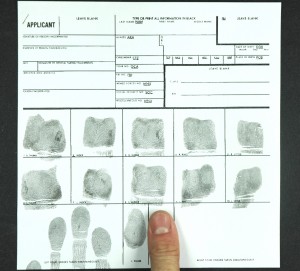It is difficult to open a newspaper or visit a news website without seeing another high-profile person accused of sexual harassment. Sexual harassment is not just a problem in Hollywood and District of Columbia politics—it’s an issue in a wide range of industries and workplaces. The social media movement, #metoo, illustrates how women can experience sexual harassment just about anywhere they go, from the office, to the subway, and even on airplanes. Due to the uptick in allegations, many women are courageously telling their stories—some decades old—with the hope that it encourages others to come forward. Many of the allegations have caused accused assailants to quit their jobs, leave their elected positions, and sell ownership of their companies.
The negative press associated with having a sexual harassment allegation claim within an organization can be expensive. Failure to properly deal with a sexual harassment claim and protecting employees from verbal, physical and visual harassment, will undoubtedly damage an organization’s brand. Negative attention will have a lasting effect in the eyes of potential customers, vendors and employees.
Another impact resulting in the failure to properly deal with harassment claims comes in the form of civil lawsuits brought on by the victim(s) in your organization. Costly legal fees can negatively affect a company’s bottom line, and again tarnish its reputation based on what is uncovered. What’s more? The court proceedings will be made available for public viewing at any time via the internet.
So, what can an organization do to prevent sexual harassment claims in today’s troubling climate?
First, having a zero-tolerance policy is a good start for an organization to combat harassment of any form, but the most effective way to prevent it from happening is enacting a comprehensive strategy that includes continuous training. Whether it is an in-person program, webinar format or an online video stream, yearly sexual harassment training sends a strong message to your employees that you not only take it very seriously, but that you have a plan in place should the policy be violated. Sexual harassment training clarifies—for all employees—the line between giving compliments or extending gestures, and acts or behaviors that are considered harassment. Providing training and communicating the company policy should cover potential risky behavior displayed by employees, company leaders, customers or vendors in the workplace, over the internet, and using social media on and off company premises. Most importantly, the company should have an objective process for employees to file sexual harassment claims that is taken seriously with a follow-up investigation.
When employees know the proper steps to take when improper behavior is evident, most claims of sexual harassment can be addressed internally, foregoing the need for outside intervention, including civil action. In cases when civil suits are unavoidable, then having proper documentation that a comprehensive strategy was in place, including training for all your employees can be a useful defense in mitigating the company’s legal risks.
Having a transparent, no retaliation policy goes one step further in preventing sexual harassment in the workplace. If employees are not fearful of filing legitimate claims of harassment, then the company is truly taking the necessary and legally defensible steps for preventing sexual harassment in the workplace and beyond.
For information about sexual harassment training offered by First Contact HR, please call 267-419-1390 or email us at client.services@firstcontacthr.com














